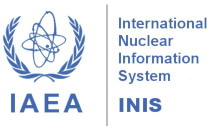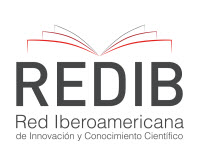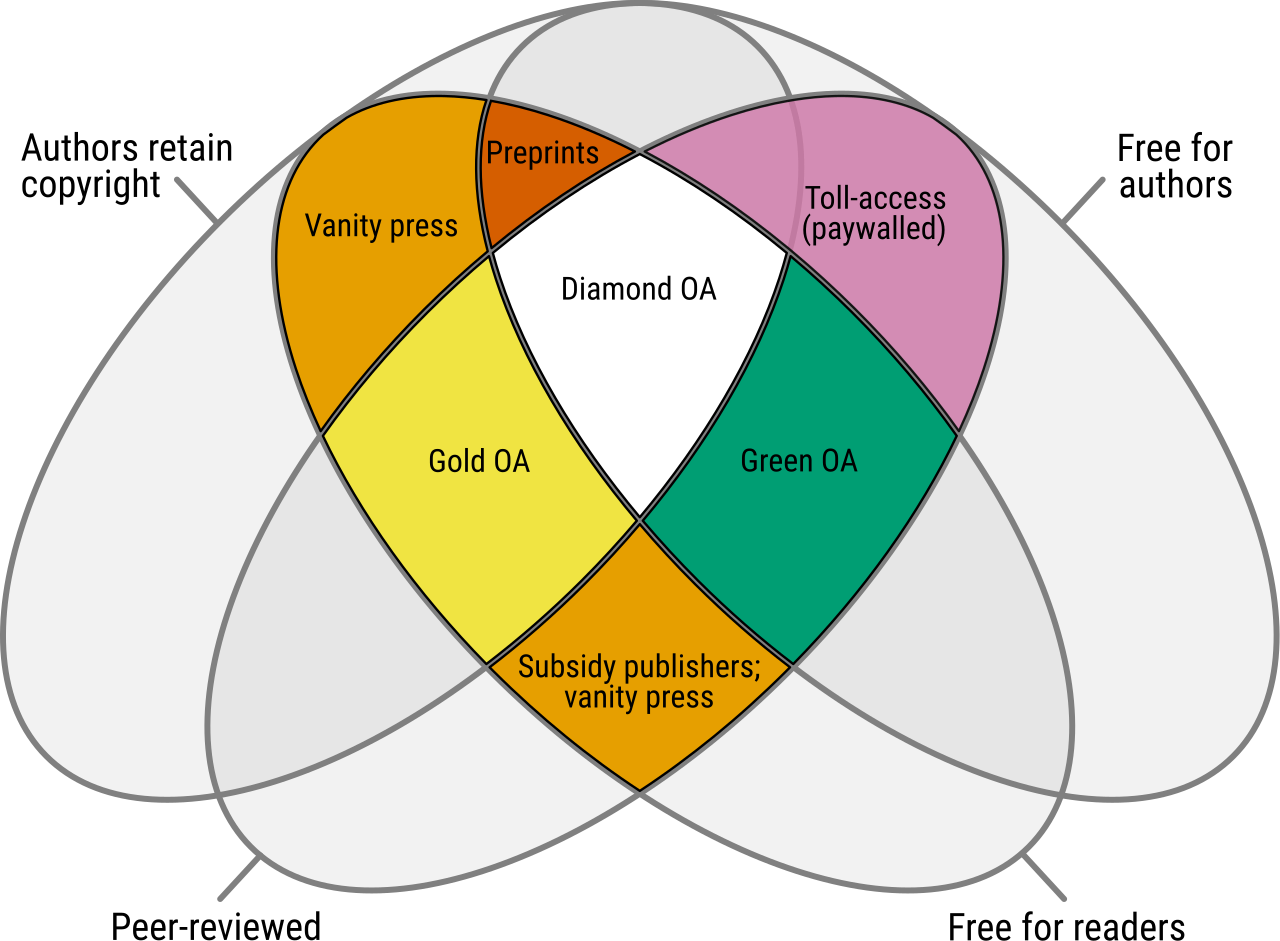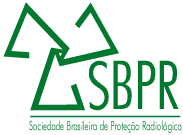Gamma Radiation for Preservation: A Novel Approach to Disinfect VHS Tapes in Historical Archives
DOI:
https://doi.org/10.15392/2319-0612.2024.2535Keywords:
Gamma ionization, Cultural Heritage, disinfection, historical VHS tapesAbstract
Preserving historical artifacts, such as VHS tapes, in archival collections presents significant challenges, particularly in environments conducive to mold contamination. Inadequate control of temperature and relative humidity can promote mold growth, endangering the structural and informational integrity of these cultural assets. This study explores the application of gamma radiation treatment for the disinfection of mold-contaminated VHS tapes stored in historical archives. Utilizing the Multipurpose Gamma Irradiation Facility at the Institute of Energy and Nuclear Research (IPEN) in São Paulo, Brazil, we investigated the efficacy of gamma radiation in eradicating mold while preserving the tapes' mechanical properties and visual appearance. Despite the long-standing use of gamma ionization for decontamination since the 1960s, this research is novel in its focus on VHS tape preservation. Tensile tests and visual inspections were conducted on control, biodeteriorated, and gamma-irradiated samples. Results showed that gamma irradiation significantly improved tensile strength and strain in mold-contaminated tapes, with no observable changes in their visual appearance. This study contributes to the development of innovative preservation techniques, addressing the unique challenges posed by environmental factors in the storage of historical materials and underscoring the potential of gamma radiation as a dual-function method for disinfection and mechanical reinforcement.
Downloads
References
[1] BEREIJO, A. The conservation and preservation of film and magnetic materials (2): Magnetic materials, Library Review. 53, 372–378, 2004. DOI: https://doi.org/10.1108/00242530410552313
[2] VIÑAS, S.M., On the Ethics of Cultural Heritage Conservation, Archetype Publications Ltd, London, 2020.
[3] INTERNATIONAL ATOMIC ENERGY AGENCY, Uses of Ionizing Radiation for Tangible Cultural Heritage Conservation, IAEA, Vienna, 2017.
[4] NAGAI, M.L.E., SANTOS, P.S., VASQUEZ, P.A.S. Irradiation protocol for cultural heritage conservation treatment. In: INTERNATIONAL NUCLEAR ATLANTIC CONFERENCE - INAC 2019, Santos. Associação Brasileira de Energia Nuclear, 2019.
[5] CORTELLA, L., ALBINO, C., TRAN, Q. K., FROMENT, K. 50 years of French experience in using gamma rays as a tool for cultural heritage remedial conservation. Radiation Physics and Chemistry, 171, 108726, 2020. https://doi.org/10.1016/j.radphyschem.2020.108726 DOI: https://doi.org/10.1016/j.radphyschem.2020.108726
[6] DOLMAN, P. H. Inside S-VHS. Electronics & Wireless World, 96, 1639, 1989.
[7] PERRY, R.H. Magnetic Tape. In: WHITAKER, J.C. and BENSON, K.B. (Ed). Standard Handbook of Audio and Radio Engineering. New York, NY, US: McGraw-Hill, 2002. p. 8.37–8.47.
[8] ADEM, E., AVALOS-BORJA, M., CARRILLO, D., VAZQUEZ M., SANCHEZ, E., CARREON, M.P., BURILLO, G., Crosslinking of recycled polyethylene by gamma and electron beam irradiation, Radiation Physics and Chemistry, 52, 171–176, 1998. https://doi.org/10.1016/S0969-806X(98)00134-0. DOI: https://doi.org/10.1016/S0969-806X(98)00134-0
[9] MOURA, E.A., ORTIZ, A., WIEBECK, H., PAULA, A.B., SILVA, A.L., SILVA, L.G. Effects of gamma radiation on commercial food packaging films—study of changes in UV/VIS spectra, Radiation Physics and Chemistry, 71, 201–204, 2004. https://doi.org/10.1016/j.radphyschem.2004.05.034. DOI: https://doi.org/10.1016/j.radphyschem.2004.05.034
[10] ASTM D 882-02, Standard Test Method for Tensile Properties of Thin Plastic Sheeting, ASTM International, 2002.
Downloads
Published
Issue
Section
Categories
License
Copyright (c) 2024 Maria Luiza Nagai, Djalma Dias, Pablo Vasquez

This work is licensed under a Creative Commons Attribution 4.0 International License.
Licensing: The BJRS articles are licensed under a Creative Commons Attribution 4.0 International License, which permits use, sharing, adaptation, distribution and reproduction in any medium or format, as long as you give appropriate credit to the original author(s) and the source, provide a link to the Creative Commons license, and indicate if changes were made. The images or other third party material in this article are included in the article’s Creative Commons license, unless indicated otherwise in a credit line to the material. If material is not included in the article’s Creative Commons license and your intended use is not permitted by statutory regulation or exceeds the permitted use, you will need to obtain permission directly from the copyright holder. To view a copy of this license, visit http://creativecommons.org/licenses/by/4.0/






















